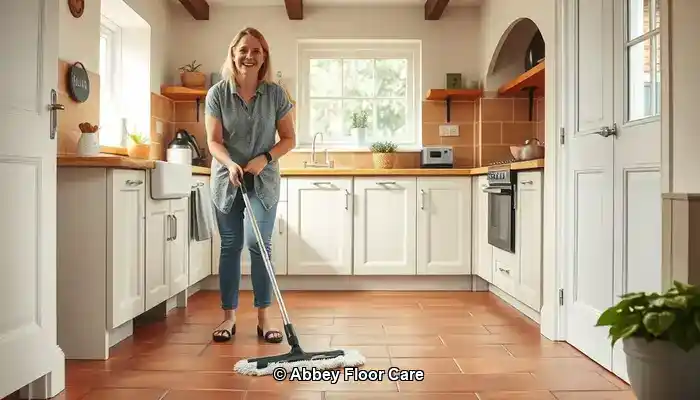
Last Updated on September 29, 2025 by David
Essential Strategies for Keeping Your Terracotta Floors Spotless and Stunning
-
- Terracotta tiles possess a natural porosity, which makes them susceptible to rapid dirt absorption, particularly in moist climates like that of Surrey.
- Effective sealing is imperative to safeguard against the infiltration of moisture and grime into the tile’s surface.
- Regular maintenance is essential—daily sweeping and weekly mopping with pH-neutral cleaners are crucial for preserving the visual appeal of your tiles.
- Steer clear of harsh chemicals and steam mops, which can damage the sealant and etch the surface of the tile.
- Eco-friendly cleaning products are highly recommended, particularly in households with pets and young children.
- Professional restoration services can offer deep cleaning and resealing, ensuring long-lasting protection for your flooring.
- Strategically placed rugs and mats in high-traffic areas can effectively reduce dirt transfer onto your tiles.
- <b>Moisture management</b> is crucial—ensure adequate ventilation and promptly clean spills to avoid staining and mould growth.
Understanding the Rapid Dirt Accumulation on Terracotta Tiles
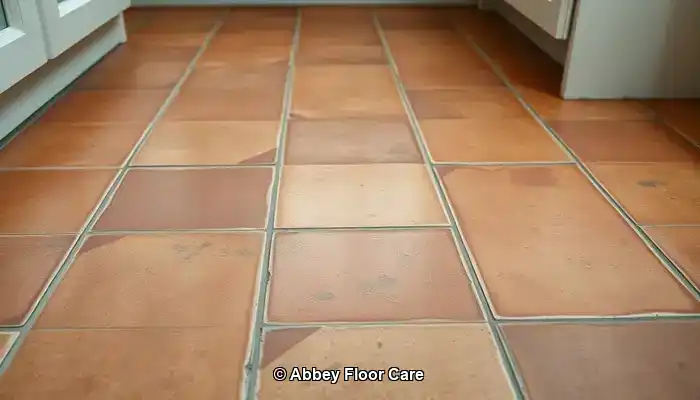
Terracotta tiles present a visually appealing flooring choice, particularly within traditional and rustic homes in Surrey. Their warm colours and natural textures impart a distinctive charm that enhances the aesthetics of any room. However, despite their captivating appearance, terracotta is notorious for its propensity to accumulate dirt swiftly. Understanding the underlying causes of this issue is vital for devising effective cleaning methods that can counteract the build-up.
Pro Tip: Recommended Products for Daily Care of Terracotta
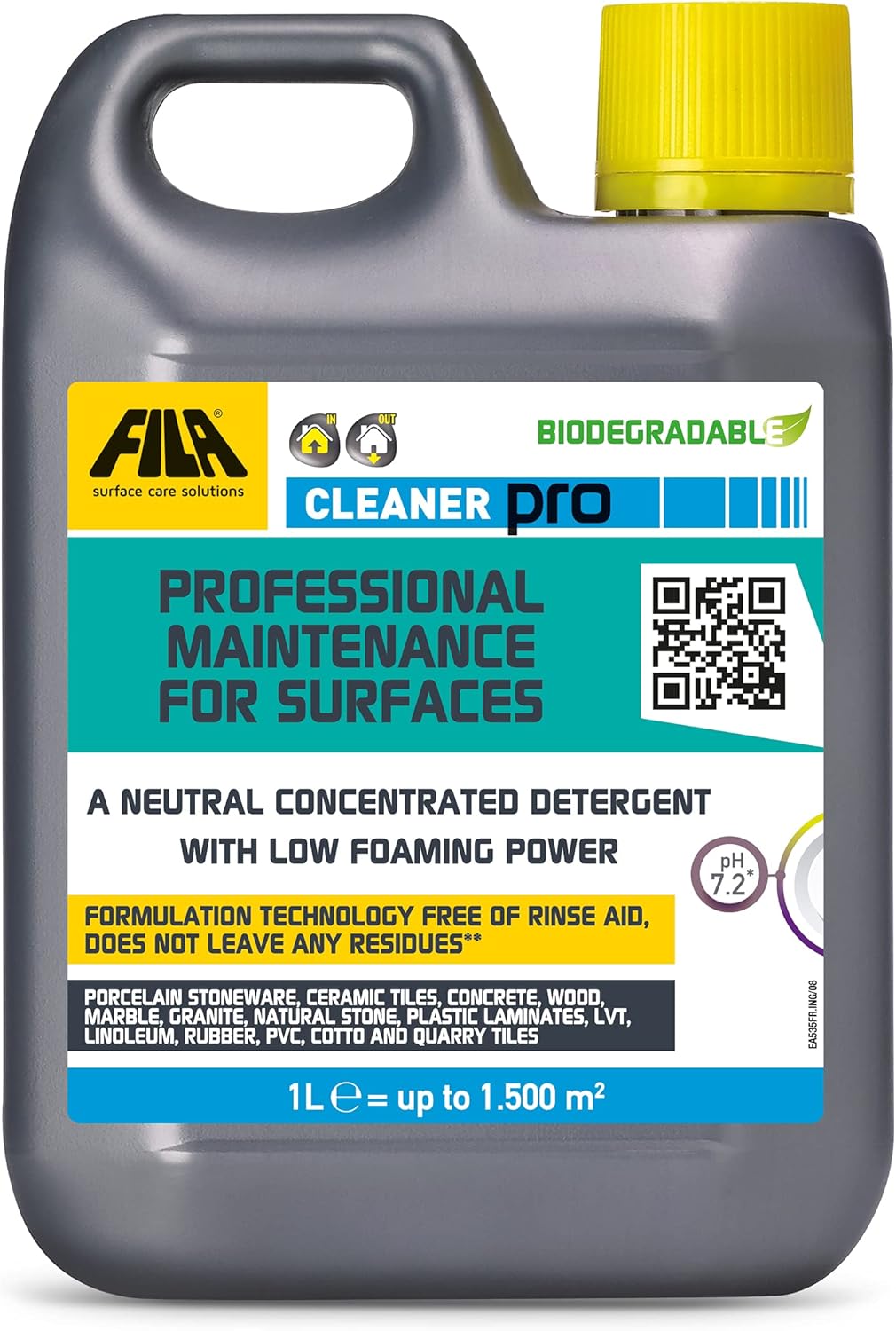
Fila Pro Floor Cleaner
|
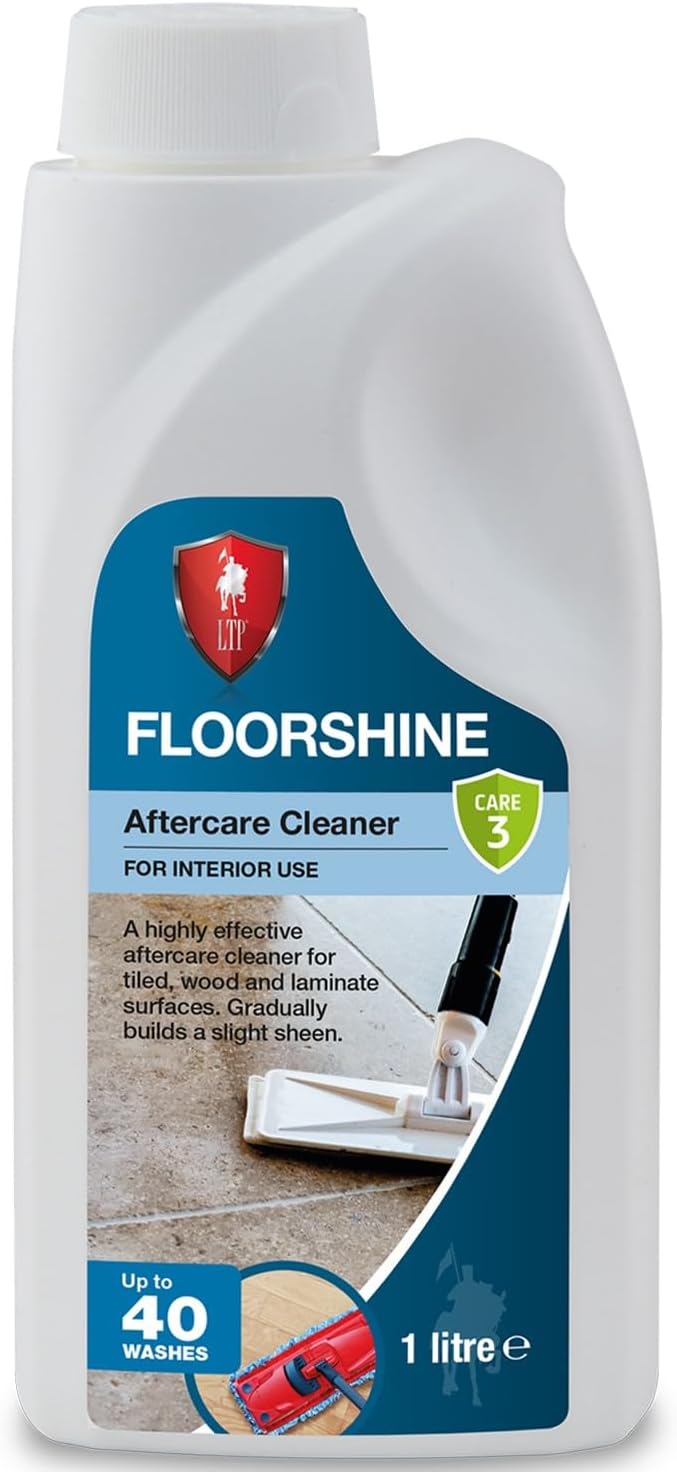
LTP Floorshine
|
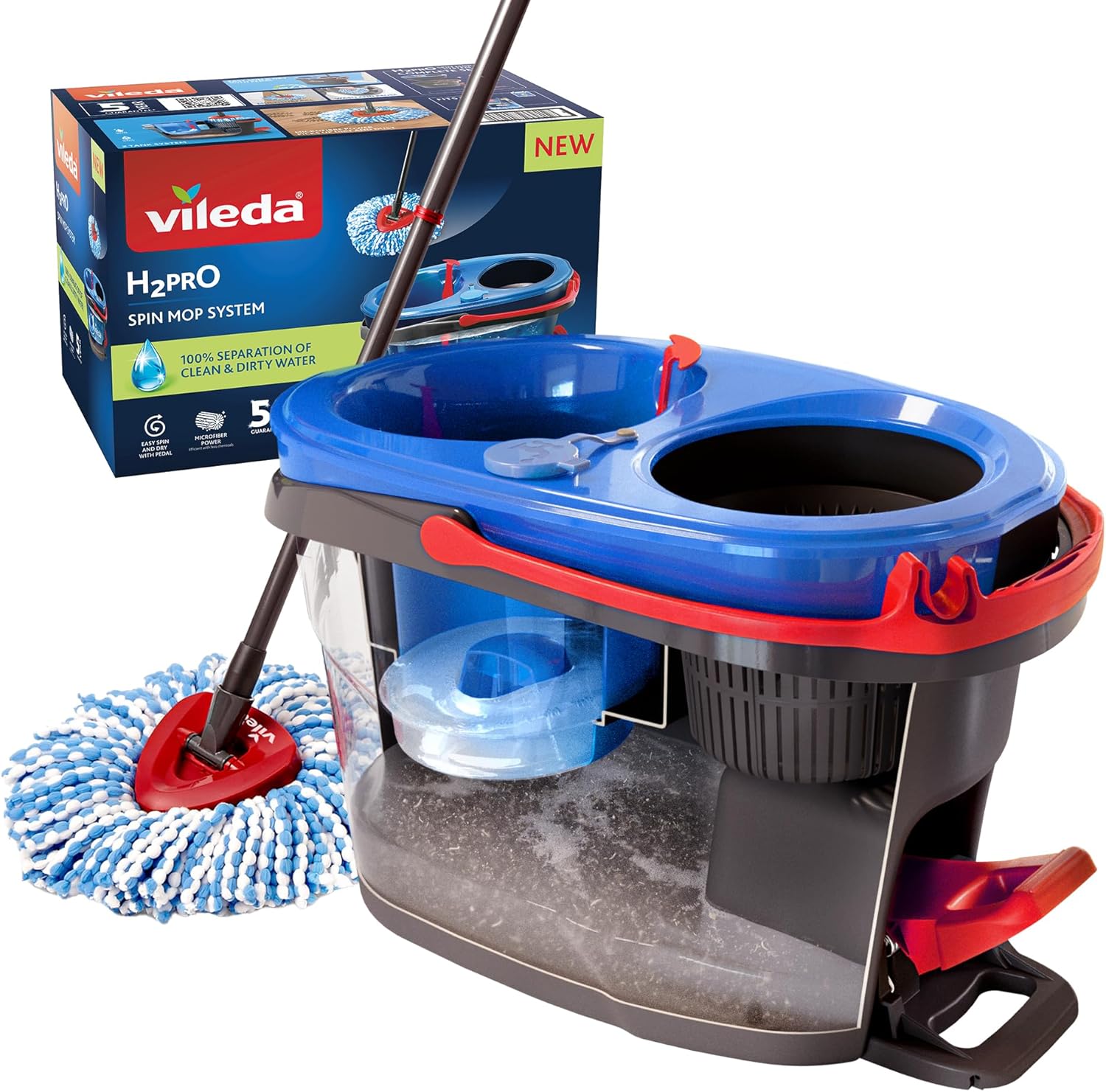
Vileda H2PrO Spin Mop System
|
Exploring Porosity: The Fundamental Cause of Dirt Accumulation
Terracotta is crafted from natural clay and is fired at lower temperatures than many other tile types. This unique firing process results in a highly porous surface that can absorb moisture, oils, and dirt much like a sponge. In practical terms, this means that grime can penetrate deep into the tile, making it challenging to remove using standard cleaning methods. Unsealed terracotta is particularly vulnerable to staining; without a protective layer, even minor spills or muddy footprints can leave permanent marks that are difficult to eliminate. Over time, this results in a dull and stained appearance that often necessitates professional intervention for restoration.
How Surrey’s Weather Affects Dirt Buildup on Terracotta
The climate in Surrey significantly influences the rate at which terracotta floors collect dirt. The region experiences frequent rainfall and high humidity, which encourages more moisture to be tracked indoors, particularly in entryways and conservatories. Homes situated near wooded areas or gardens are especially prone to dirt accumulation as soil, pollen, and organic debris can easily find their way onto terracotta surfaces, particularly if footwear is not removed prior to entering the home. This environmental exposure contributes to the rapid buildup of grime on these beautiful tiles.
Identifying Daily Habits That Contribute to Dirt Accumulation on Terracotta
In addition to environmental factors, daily routines can exacerbate the situation. Employing inappropriate cleaning products—such as acidic solutions or bleach—can strip away protective coatings and damage the tile’s surface. While steam mops are often favoured for their convenience, they may inadvertently drive moisture deeper into the tile, compounding the problem over time. Furthermore, high-traffic areas, such as kitchens and hallways, naturally undergo more wear and tear. Without regular sweeping and mopping, dirt can quickly accumulate and become embedded in the textured surface of the tiles.
Taking Proactive Steps for Immaculate Terracotta Flooring
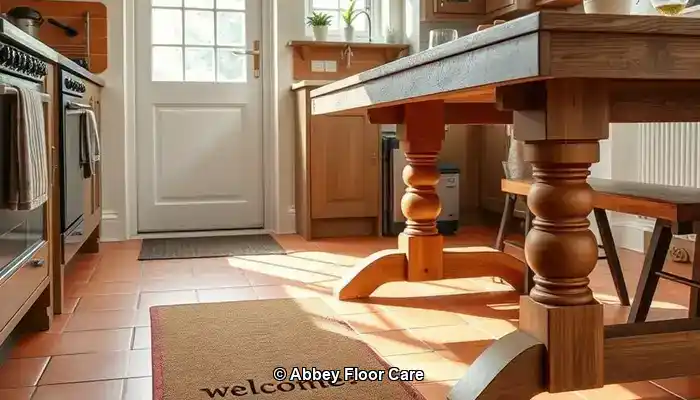
To ensure your terracotta floors remain clean, it is essential to take proactive measures that prevent dirt from settling in the first place. In households across Surrey, where damp weather and garden-related foot traffic are common, implementing preventative strategies is vital to maintain the natural beauty of terracotta tiles.
Applying Sealants: The Primary Defence Against Dirt Infiltration
The most effective way to keep terracotta clean is to apply a suitable sealant. A high-quality, breathable sealant creates a protective barrier that repels moisture, oils, and grime. In Surrey’s variable humidity levels, sealing is crucial to prevent water absorption that can lead to unsightly stains and mould growth. Experts advise resealing terracotta tiles every 12 to 18 months, depending on foot traffic and exposure to moisture. Areas such as kitchens, hallways, and conservatories that experience frequent use may require more regular sealing. Always opt for a sealant designed specifically for porous stone, avoiding glossy finishes that can trap dirt on the tile surface.
Strategic Use of Rugs and Mats: Enhancing Floor Protection
Strategically placing rugs and mats can significantly lessen the amount of dirt that reaches your terracotta tiles. It is advisable to use heavy-duty doormats at entrances to capture mud and moisture before they enter the home. In high-traffic areas such as hallways or beneath dining tables, area rugs can provide essential protection that prevents wear and tear on the tile. For rooms with direct outdoor access, consider washable runners that can be cleaned regularly. These not only safeguard the tile but also add an element of warmth and style to your interior spaces.
Managing Moisture Effectively in Surrey Residences
The damp climate prevalent in Surrey can accelerate dirt accumulation on terracotta floors. To counteract this issue, utilise dehumidifiers in enclosed spaces and ensure proper ventilation throughout your home. It is also crucial to promptly wipe up spills and avoid leaving wet items, such as shoes or towels, on the floor. If your terracotta is situated in a conservatory or garden room, consider incorporating blinds or UV filters to mitigate condensation and protect against sun damage. These simple adjustments can significantly prolong the lifespan of your tiles and maintain their aesthetic appeal.
By combining effective sealing, smart design choices, and moisture control, homeowners in Surrey can significantly slow the rate at which their terracotta floors become dirty. In the subsequent section, we will explore the best practices for cleaning to maintain that fresh, natural appearance every day.
Expert Cleaning Practices for Terracotta Tiles
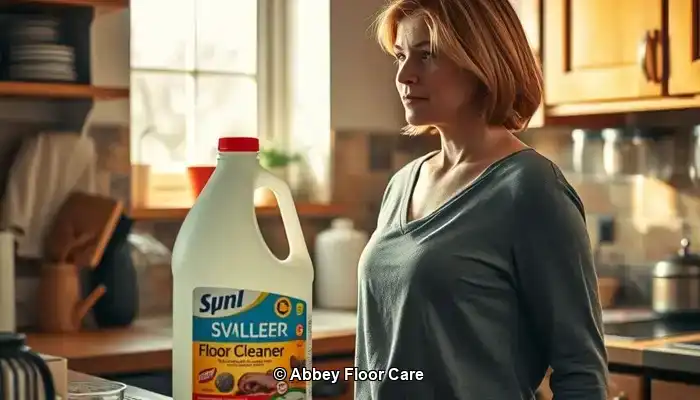
Even with proper sealing and preventative measures in place, terracotta floors require regular maintenance to keep their natural beauty intact. The key lies in employing the right techniques and products that effectively clean without compromising the porous nature of the tiles.
Establishing a Comprehensive Daily and Weekly Cleaning Routine
In homes across Surrey, where outdoor elements frequently make their way inside, daily sweeping or vacuuming is essential. Utilise a soft-bristle broom or a vacuum equipped with a hard floor setting to remove dust, grit, and organic debris before it settles into the tile. For weekly cleaning, mop the floors with warm water and a pH-neutral cleaner specifically designed for natural stone. It is important to avoid excessive soaking of the floor—damp mopping is the most effective method. Overly wet conditions can seep into the tile, causing staining or mould growth, particularly in older or inadequately sealed installations.
Selecting Appropriate Cleaning Products for Your Terracotta Tiles
When choosing cleaning products, opt for those that are both gentle and effective. Look for labels that indicate “stone-safe,” “non-acidic,” or “pH-neutral.” In Surrey, where eco-conscious living is on the rise, many homeowners favour biodegradable cleaners that are safe for both pets and children. Avoid multi-surface cleaners containing bleach, ammonia, or citrus extracts, as these can strip away sealants and etch the terracotta, rendering it more susceptible to future staining. For stubborn stains, employ a soft cloth and a diluted solution of stone cleaner. Never scrub with abrasive pads or wire brushes, as these can scratch the tile’s surface and create more challenges for future cleaning.
What to Avoid: Steering Clear of Harsh Chemicals and Steam Cleaning
Although steam mops may appear convenient, they are unsuitable for terracotta. The high temperatures and moisture can penetrate the tile and weaken the sealant, causing long-lasting damage. Likewise, acidic cleaners like vinegar or lemon juice—even if diluted—can degrade the tile’s surface and lead to discolouration. It is best to stick with gentle cleaning techniques and always test new products on a small, inconspicuous area before applying them across your flooring.
Should You Consider Professional Care or Stick with DIY Methods for Terracotta Maintenance?
Many homeowners in Surrey initially opt for DIY methods to maintain their terracotta floors. While routine sweeping and mopping can be beneficial, there comes a point when professional care becomes not just advantageous but essential.
When to Seek the Expertise of a Surrey-based Tile Specialist
If your terracotta tiles exhibit signs of deep staining, uneven colour, or surface wear, it may be time to consult a professional. Expert tile care specialists in Surrey utilise advanced equipment and stone-safe products that penetrate deeper than standard household cleaners. They can also evaluate whether your sealant has deteriorated and recommend an appropriate resealing schedule tailored to your home’s specific conditions. Restoration services typically encompass deep cleaning, stain removal, and reapplication of breathable sealants that protect without altering the tile’s natural beauty. For older or heritage properties, specialists can match the original finish to ensure authenticity is preserved.
Evaluating Cost Versus Longevity: Is Professional Care Worth It?
While DIY cleaning may seem more economical at first glance, it often leads to temporary solutions. Without proper sealing and deep cleaning, dirt continues to accumulate, necessitating more frequent maintenance and risking permanent damage. Conversely, professional care can significantly extend the lifespan of your terracotta floors. A single restoration session can refresh the colour, eliminate embedded grime, and protect the surface for months or even years. In high-traffic zones, such as kitchens or hallways, this investment is frequently justified by reduced maintenance efforts and enhanced visual appeal.
Homeowners in Surrey who prioritise long-term property maintenance and aesthetic appeal often find that expert services provide peace of mind along with superior results. Additionally, many local providers offer eco-friendly options and personalised maintenance plans that align with your lifestyle.
Exploring Eco-Friendly and Safe Cleaning Solutions for Terracotta
The earthy beauty of terracotta deserves a cleaning routine that is equally natural. For homeowners in Surrey looking to keep their floors clean without compromising health or environmental sustainability, eco-friendly cleaning is the ideal solution. Fortunately, modern products and techniques make it straightforward to protect your tiles—and your household—without resorting to harsh chemicals.
Utilising Non-Toxic Sealants and Cleaners
Traditional sealants often contain solvents that release volatile organic compounds (VOCs), which can linger in the air and negatively affect indoor air quality. Contemporary eco-friendly alternatives utilise water-based formulas that are low in VOCs and safe for use around children and pets. When selecting a cleaner, seek out labels that indicate “biodegradable,” “plant-based,” or “stone-safe.” These products are specifically formulated to lift dirt without damaging the porous surface of terracotta. Brands that specialise in natural stone care typically offer concentrated solutions that can be diluted for everyday use, minimising waste and packaging.
Choosing Safe Cleaning Options for Pets and Children
In bustling Surrey homes, safety is just as essential as cleanliness. Avoid using bleach, ammonia, and acidic cleaners like vinegar, as these substances can harm the tile and pose risks to pets and young children. Instead, opt for gentle formulations derived from coconut oil derivatives, citrus enzymes, or mineral-based ingredients. For those who prefer DIY cleaning methods, a simple mixture of warm water and a few drops of castile soap can be surprisingly effective for light cleaning tasks. Always remember to test any homemade solution on a small area first to ensure it does not affect the sealant or finish.
Embracing Sustainable Cleaning Practices
Eco-friendly care extends beyond the cleaning products used; it also encompasses the habits we adopt. Utilise reusable microfiber cloths and mops instead of disposable pads, and regular sweeping can significantly reduce the need for frequent wet cleaning. When resealing, choose products with recyclable packaging that have minimal environmental impact. Many professionals in Surrey now offer green cleaning packages that utilise certified non-toxic products and sustainable techniques. If you’re unsure where to begin, scheduling a consultation with a local expert can help you establish a routine that is both effective and eco-conscious.
Maintaining the Aesthetic Appeal of Your Terracotta Floors
Terracotta flooring brings warmth, character, and timeless elegance to homes in Surrey; however, its porous nature necessitates diligent care to keep it clean and vibrant. By understanding the factors contributing to dirt accumulation, effectively sealing the tiles, and adopting smart cleaning practices, you can significantly reduce grime build-up and prolong the lifespan of your flooring.
Whether managing a busy household or restoring a historic property, consistency is vital. Daily sweeping, pH-neutral cleaning, and seasonal resealing can make a notable impact on maintaining a well-kept surface. Should stains or wear begin to emerge, do not hesitate to seek the assistance of a local specialist for professional restoration.
Utilising eco-friendly products and safe cleaning routines not only preserves the beauty of your floors but also safeguards your health and the environment. With the right approach, terracotta can continue to be a stunning feature in your home for many years ahead.
Ready to intelligently protect your floors? Contact us today for expert terracotta maintenance tailored to the unique conditions of Surrey. Let’s work together to keep your home looking its very best—naturally.
Frequently Asked Questions About Terracotta Maintenance
Terracotta floors are timeless yet come with specific care requirements. Below are answers to the most commonly asked questions from homeowners in Surrey who aim to keep their tiles clean, protected, and visually appealing.
How Frequently Should I Reseal My Terracotta Tiles?
In most homes across Surrey, terracotta should be resealed every 12 to 18 months. However, this timeframe may vary based on foot traffic, exposure to moisture, and whether the tiles are indoors or outdoors. Areas like kitchens, hallways, and conservatories may require more frequent resealing. If your tiles begin to absorb water or appear dull, it is time to reseal them.
Is It Safe to Use Vinegar or Bleach on Terracotta?
No—vinegar, bleach, and other harsh or acidic cleaners can damage terracotta. These substances can degrade sealants and etch the tile surface, resulting in permanent discolouration. Always opt for pH-neutral, stone-safe cleaners specifically formulated for porous flooring.
What is the Best Mop for Cleaning Terracotta Floors?
A microfiber mop is ideal for terracotta. It effectively captures dust and dirt without scratching the surface and uses minimal water, which is crucial for porous tiles like terracotta. Avoid sponge mops or steam mops, as these can oversaturate the tile and weaken the sealant.
Are DIY Cleaning Solutions Safe to Use?
Yes, but with caution. A mild mixture of warm water and castile soap can be effective for light cleaning. Always test any homemade solution on a small, hidden area first to ensure safety. Avoid using anything acidic or abrasive, and never apply homemade cleaners to unsealed tiles.
What Should I Do If My Tiles Have Already Stained?
If stains have set in, professional restoration is the most effective solution. Specialists in Surrey can deep clean, remove embedded grime, and reseal the surface to restore the tile’s original colour and texture. DIY methods may exacerbate the damage if inappropriate products are used.
The Article Tired of Dirty Terracotta? How to Keep It Clean Longer first found on https://www.abbeyfloorcare.co.uk
The Article Terracotta Cleaning Tips for Lasting Freshness appeared first on https://fabritec.org
The Article Terracotta Cleaning Tips for Long-Lasting Freshness Was Found On https://limitsofstrategy.com

